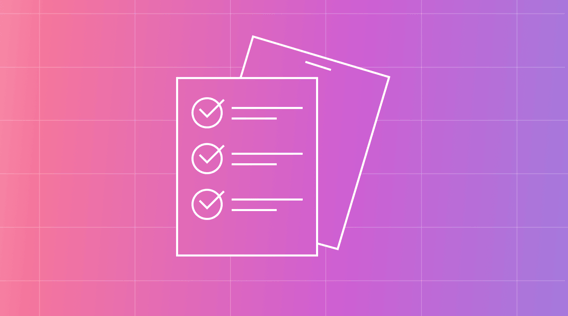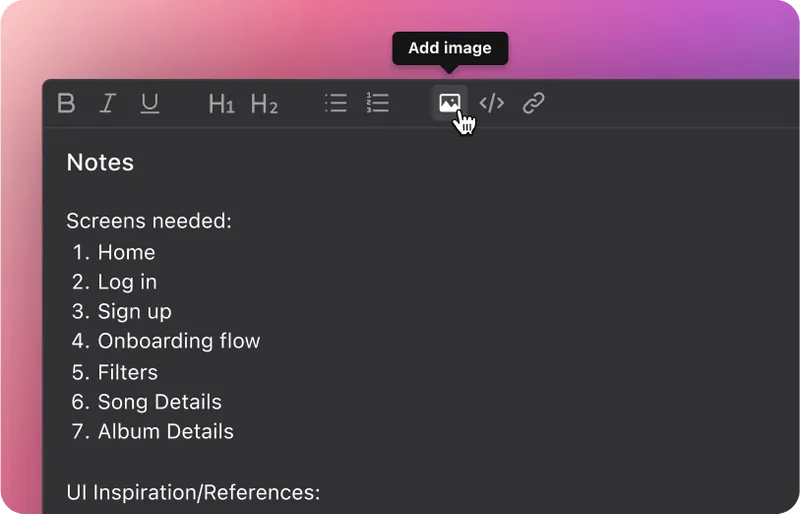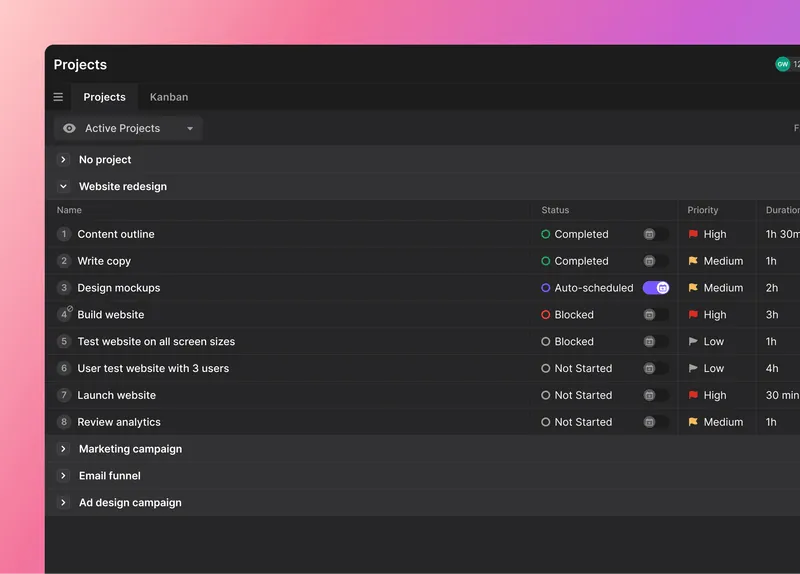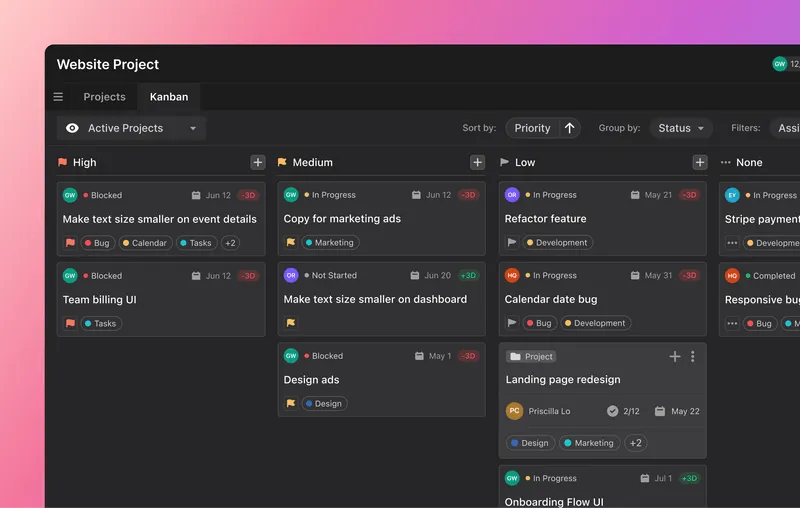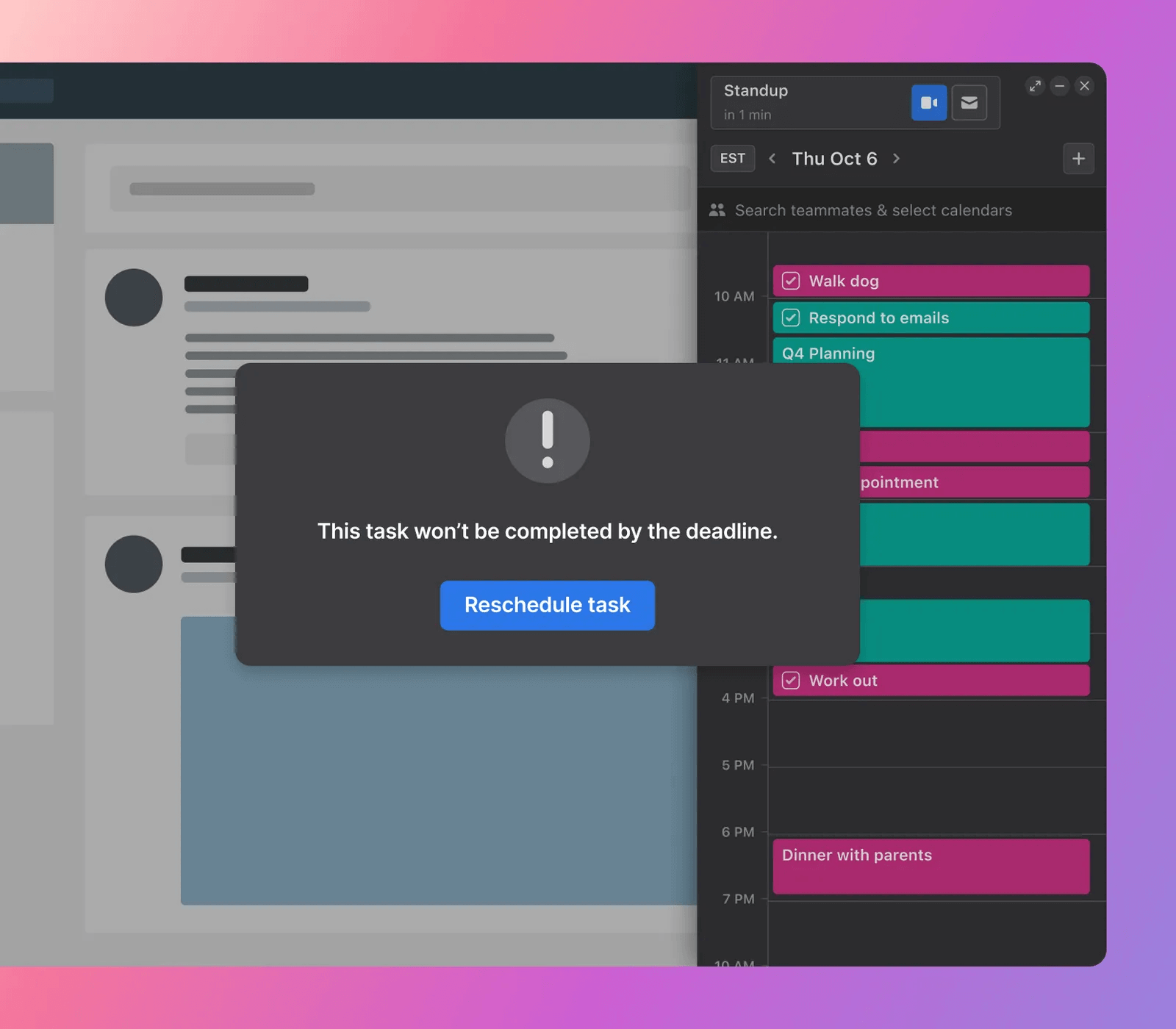Have you ever worked on a project where the outcome wasn’t what the customer wanted?
Maybe a finished product you developed for a client didn’t work quite how they expected.
Teams scramble to fix issues when a customer is unhappy with the outcome. Future projects that were next on the schedule could end up with delays. Your frustrated clients start to question your capabilities.
Has your team considered learning how project deliverables can improve project outputs to ensure that project execution is done correctly the first time?
In this article, we’ll look at:
- What are project deliverables?
- How to identify project deliverables
- Documenting and tracking project deliverables
- An example project with defined deliverables
- Using project management tools to help track and collaborate on project deliverables
- Using Motion to help manage your project deliverables
What are project deliverables?
Project deliverables are the output of a project. While a project has a final product or service, there are typically multiple deliverables leading up to the completion of the final output. Types of project deliverables include external and internal.
External project deliverables
External project deliverables are for the client.
For example, an accounting firm completes tax returns for clients. A software development company builds custom software for clients to use. A construction company builds houses for clients. The tax return, software, and house are all external deliverables.
Internal project deliverables
Internal project deliverables, on the other hand, are items you produce (internally) for the project or your company.
Examples include the budget for your project, status reports, and meeting notes.
Benefits of project deliverables
Obviously, defining internal deliverables helps ensure the team has everything they need to work most efficiently. But there are more (maybe unintended) benefits to project deliverables that might not be as obvious.
Most project timelines include due dates for project deliverables throughout the project lifecycle. These sporadic due dates give the team targets throughout the project (instead of just one final target date). These sporadic target dates can make complex projects more manageable.
These sporadic deliverables (at different points in a project) also help stakeholders gauge the progress of a project as the team works through the deliverables.
On the receiving end, giving external stakeholders (customers) a say in what'll be delivered before the final product allows them to be more involved (and own the outcome).
And just like with the internal stakeholders, delivering key deliverables (pardon the pun) as the project progresses shows them progress. It also gives them the opportunity to provide feedback earlier on in the project. Course correcting project work early in a project (based on feedback) is much easier than at the end of a project.
How to identify project deliverables
Here's a 3-step method to identify your project deliverables.
Define the end goal of your project
Determine what the project goal is. What is the final product or service you'll deliver to your client at the end of the project?
To get to this end goal, you'll want to gather the project requirements to make sure you understand everything your project should accomplish.
Define the work (tasks)
Detail out what tasks are needed to reach the end goal.
You can use a work breakdown structure (WBS) or product backlog (for agile projects) to document the detailed tasks of a project. These are internal deliverables in and by themselves.
Make sure you determine which tasks depend on other tasks to be completed. Understanding these task dependencies will help you figure out the best path to getting things done.
Develop the project plan
When you develop your project plan, it should clearly define what needs to be delivered (and how to get there). This project plan is also an internal deliverable.
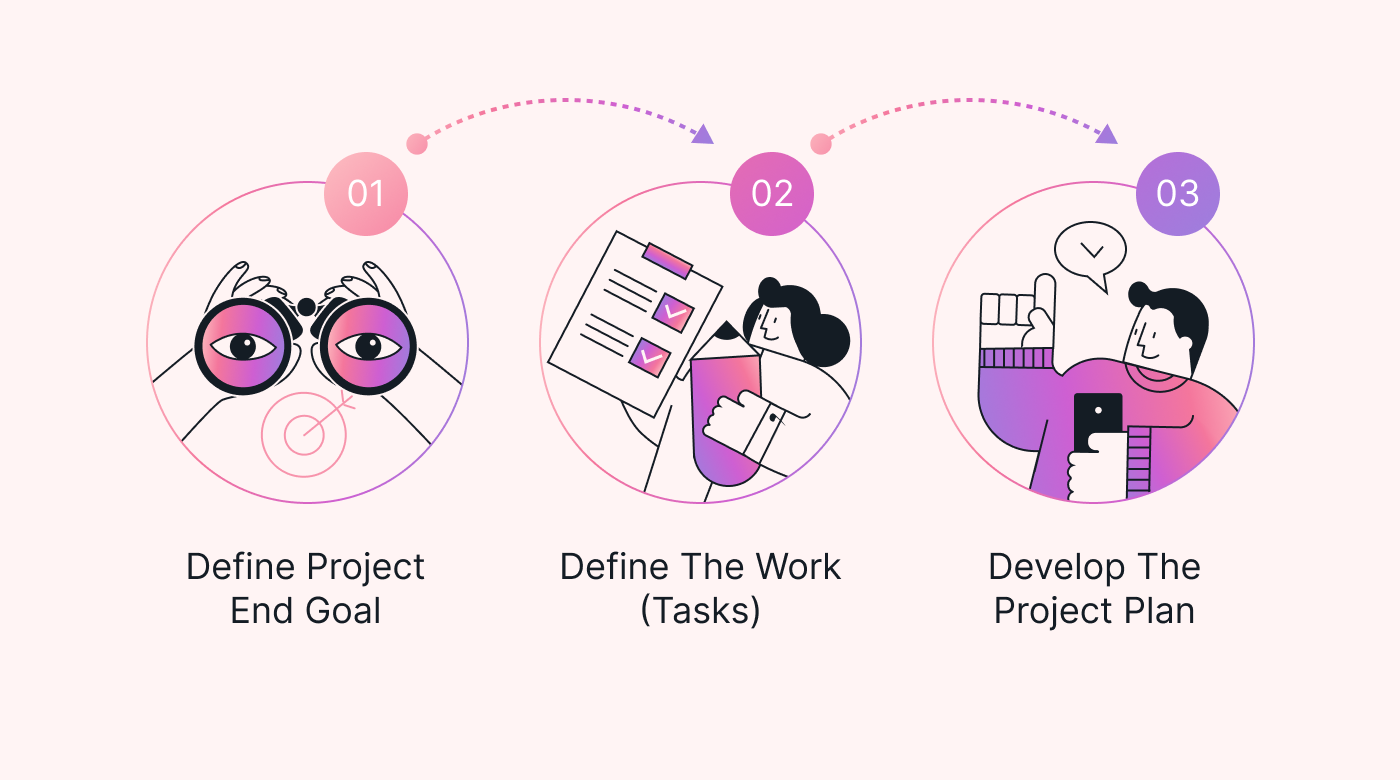 |
Documenting and tracking project deliverables
It's essential to document project deliverables to ensure your internal team and client are all on the same page about what is required from the project.
Your clients may have input on what deliverables they'd like to review along the way and how often they'd like an update on the project status. That's good because, as mentioned earlier, this will give you ample time to correct course if things aren't headed in the right direction.
Here are four deliverables that can help you establish and document essential project details.
Project scope statement
A project scope statement is a document that defines a project and includes the deliverables needed to ensure the project is completed successfully.
Project charter
A project charter documents high-level project objectives and the project schedule. The project schedule also includes information about key stakeholders. Knowing who the stakeholders are and their roles in a project is essential, as they'll have input on the project deliverables.
The project charter is a good starting point to define what the end goal of a project is.
Statement of work (SoW)
A statement of work (SoW) is an external deliverable that defines what a project will accomplish (and how).
The idea with an SoW is that clients literally sign off on what was agreed upon for the project.
Project status reporting
A project status report is a communication tool that project managers typically create to keep key stakeholders updated on the project milestones and progress versus the project plan.
Clients may require status reports at specified intervals.
Examples of project deliverables
Let's use a website development project as an example.
The project's goal is a website for the client (an external deliverable).
A business analyst on the software development team might work with the client to determine more specific requirements for the website. The finished requirements are a deliverable that'll help the project team build the final deliverable (the website).
With the requirements in place, the team can then define the tasks for the project.
(Consider using Motion's Project Manager feature to define project tasks like in the example below).
The team agrees to deliver the content outline, copy, and design mockups to the client for approval (before moving on to the next step). These are considered external deliverables.
The team should also determine what they need to have internally to keep the project on task.
For example, the QA team would develop a test plan for the website and provide bug reports for developers. These wouldn't be shared with the client.
The team would also need to create (and track) a budget and status reports to ensure everything was progressing as expected.
Analytical reports could be used internally to check website traffic. (These reports could also be shared with the client to prove the effectiveness of the website being delivered.)
Using project management tools to help track and collaborate on project deliverables
There obviously could be a lot of documents/deliverables in a project. Project management software can help you create, track, and collaborate on those project deliverables.
Collaboration
Project management tools that offer the option to comment directly on tasks allow conversations to occur right where the work is being done. No more searching through emails or chats to find relevant discussion points.
Transparency
Most online project management software allows users to upload documentation into the app. This way, documentation is (easily) accessible to everyone on the team.
Having all of your documents in a central location ensures the team is on the same page about what is required for deliverables.
Tracking
Different types of views available in project management software (such as Kanban boards, calendar views, or Gantt charts) help visualize where deliverables are in the project lifecycle.
Having software to help track the status of tasks can also help you create status reports for stakeholders.
Use Motion to help manage your project deliverables
Once your team defines tasks and deliverables, they can enter tasks into Motion's Task Manager. Motion's calendar will prioritize the tasks for team members and alert them if they are in danger of missing a deadline. Team members can focus on completing their tasks rather than spending time planning what they need to accomplish each day.
You (or the project manager) should then track tasks to ensure timeliness. Motion can help you do that.
You can use the Kanban View in Motion for a visual overview of the status of project deliverables.
Motion offers a deadline alert that alerts users when a task will not meet its deadline. This will allow you and your team to discuss options for course correction, such as reassigning the task to someone with more available time or reprioritizing other tasks. The alert helps project teams address scheduling issues before they become a bigger problem.
Motion also allows users to store information inside tasks for easy access. Team members can also add comments to tasks in Motion, allowing them to collaborate directly.
Motion's Meeting Assistant can set meeting availability, thus increasing productivity by reducing interruptions.
If you aren't already using Motion, you can access a free trial today.

